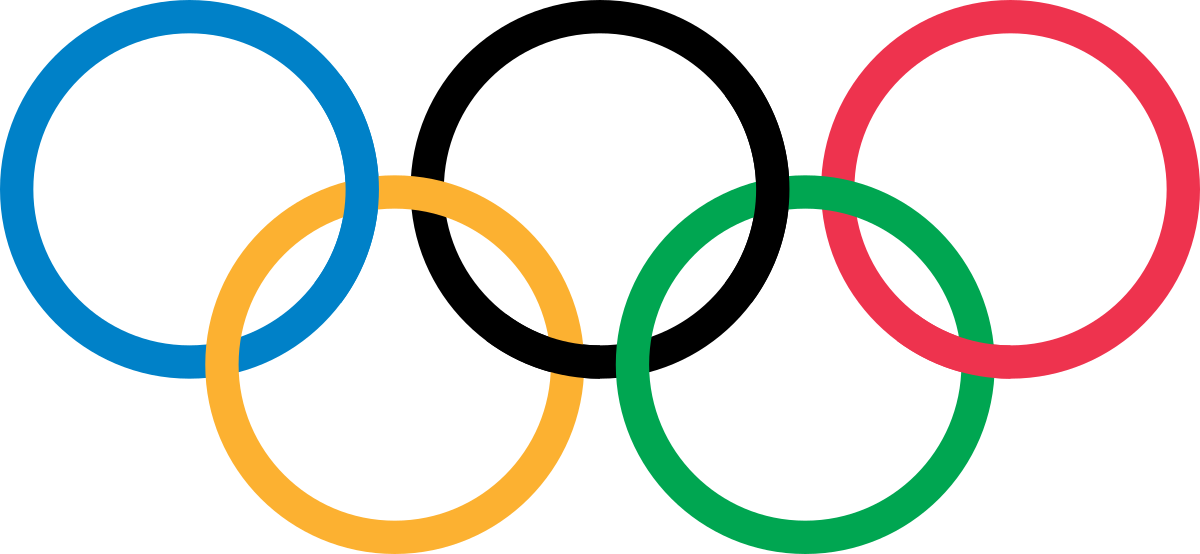History of the Men’s Olympics

The Olympic Games, a celebration of athletic excellence and human potential, have a rich and multifaceted history spanning over a century. From its humble beginnings as a men-only event, the Games have undergone significant transformations, reflecting the evolution of society and the changing role of sport in the world.
Early Origins and Evolution, Men’s olympics
The modern Olympic Games trace their roots back to the ancient Greek Games, held in Olympia in honor of Zeus, the king of the gods. These Games, which took place every four years from 776 BCE to 393 CE, featured a variety of athletic competitions, including running, wrestling, boxing, chariot racing, and the pentathlon. While the ancient Games were initially open to all free men, they gradually became dominated by elite athletes from wealthy cities and regions. The ancient Games were eventually suppressed by the Roman Empire, which viewed them as a threat to its own authority.
The Revival of the Games
After centuries of dormancy, the Olympic Games were revived in 1896 by Pierre de Coubertin, a French educator and historian who envisioned a global sporting event that would promote peace and understanding between nations. The first modern Olympic Games were held in Athens, Greece, and featured 241 athletes from 14 nations. The Games were initially limited to men, with women first allowed to compete in 1900.
The Rise of Modern Olympic Games
The early editions of the Men’s Olympics were characterized by a focus on amateurism and the pursuit of sporting excellence. However, the Games gradually became more professionalized, with athletes from around the world competing for glory and national pride. The Games have also become increasingly global, with athletes from every continent participating. The introduction of the Winter Olympics in 1924 further expanded the scope of the Games, encompassing winter sports such as skiing, skating, and ice hockey.
Impact of Social and Political Changes
The Men’s Olympics have been shaped by social and political changes throughout history. The Games have been used as a platform for political protest, with athletes using their platform to advocate for human rights and social justice. The Games have also been subject to boycotts and disruptions due to political tensions and conflicts. The Cold War, for example, led to numerous boycotts of the Games, with the Soviet Union and its allies boycotting the 1984 Summer Olympics in Los Angeles and the United States and its allies boycotting the 1980 Summer Olympics in Moscow.
Popular Men’s Olympic Sports

The Men’s Olympic Games have witnessed the rise and evolution of numerous sports, each captivating audiences with its unique blend of athleticism, skill, and strategy. These sports have transcended the boundaries of competition, becoming cultural icons and inspiring generations of athletes. This section delves into some of the most popular Men’s Olympic sports, exploring their enduring appeal, rules, techniques, strategies, and the physical and mental demands they impose on athletes.
Track and Field
Track and field, often referred to as athletics, is a cornerstone of the Olympic Games. It encompasses a diverse range of disciplines, including sprints, long-distance running, hurdles, relays, jumps, and throws. The enduring appeal of track and field lies in its raw athleticism, the pursuit of human potential, and the thrilling spectacle of athletes pushing their physical limits.
The rules of each discipline are straightforward, focusing on speed, distance, or height achieved. For instance, in the 100-meter sprint, athletes compete to cross the finish line first, while in the high jump, the objective is to clear the highest bar possible.
Techniques and strategies vary significantly across disciplines. In sprinting, athletes employ specific starting techniques and powerful strides to maximize speed. Long-distance runners focus on pacing and endurance, while hurdlers need to overcome obstacles with precision and agility. Jumpers utilize specific approaches and take-off techniques, while throwers rely on strength, coordination, and rotational power.
Track and field demands exceptional physical attributes. Sprinters need explosive power and speed, while long-distance runners require endurance and stamina. Jumpers and throwers need strength, flexibility, and coordination, while hurdlers require agility, speed, and timing. The mental demands are equally significant. Athletes must focus, maintain composure under pressure, and overcome pain and fatigue to perform at their best.
The cultural and historical significance of track and field is profound. It has its roots in ancient Greece, where running, jumping, and throwing were integral parts of athletic competitions. The Olympic Games have served as a platform for athletes to showcase their talents and break records, inspiring generations of athletes and capturing the imagination of audiences worldwide.
Yo, the Men’s Olympics are all about that fire, you know? From track and field to swimming, it’s a showcase of pure athletic dominance. And speaking of dominance, check out Serbia at the Olympics – they’ve been killing it in basketball and water polo, representing hard work and dedication.
The Men’s Olympics are about pushing limits and representing your country, and Serbia’s been doing just that.
Yo, the Men’s Olympics are lit, right? But after all that competition, you need some chill time. Check out this sling chair patio set for ultimate relaxation. Imagine yourself sippin’ on some iced tea, watching replays of the Games, and just vibin’.
The Olympics are all about pushing limits, but sometimes you gotta kick back and recharge, you know?
